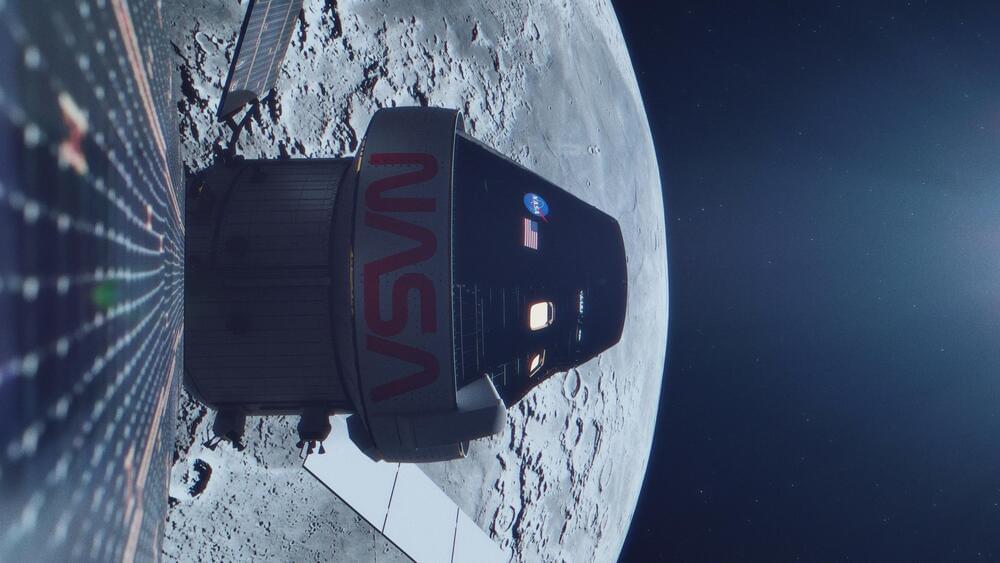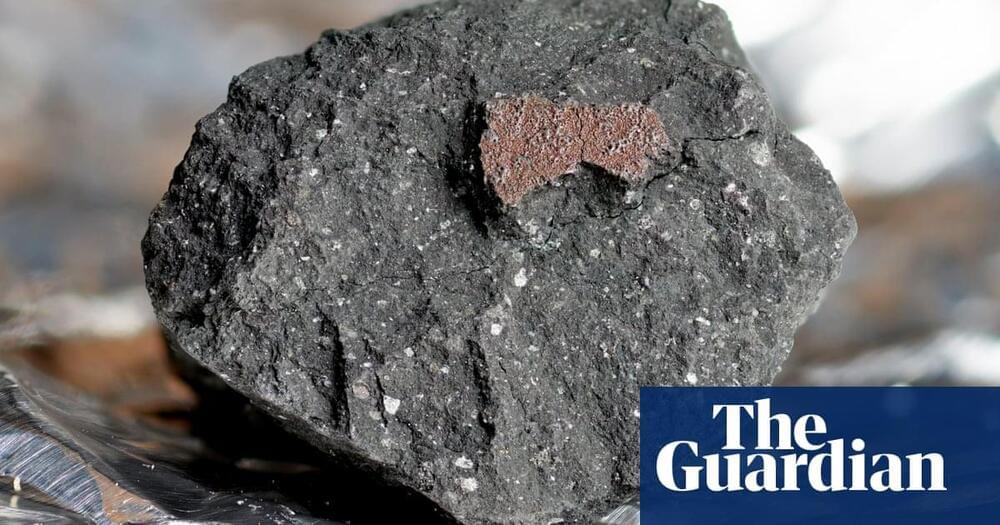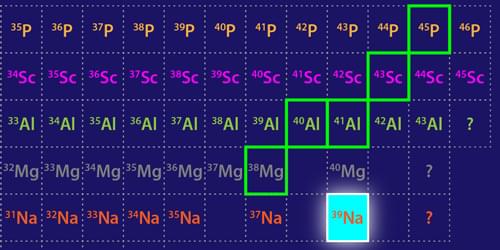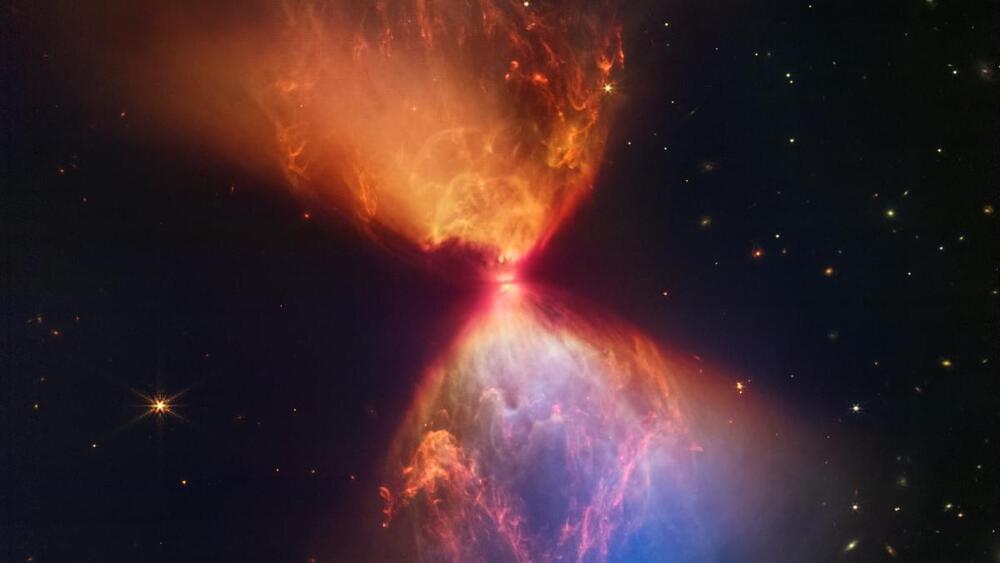Researchers have discovered the heaviest-known bound isotope of sodium and characterized other neutron-rich isotopes, offering important benchmarks for refining nuclear models.
The neutron dripline marks a boundary of nuclear existence—indicating isotopes of a given element with a maximum number of neutrons. Adding a neutron to a dripline isotope will cause the isotope to become unbound and release one or more of its neutrons. Mapping the dripline is a major goal of modern nuclear physics, as this boundary is a testing ground for nuclear models and has implications for our understanding of neutron stars and of the synthesis of elements in stellar explosions. Now studies by two groups extend our knowledge of the properties of nuclei close to the dripline [1, 2]. Working at the Radioactive Isotope Beam Factory (RIBF) in Japan, Deuk Soon Ahn of RIKEN and colleagues have discovered sodium-39 (39 Na), which likely marks the dripline location for the heaviest element to date (Fig. 1) [1].





